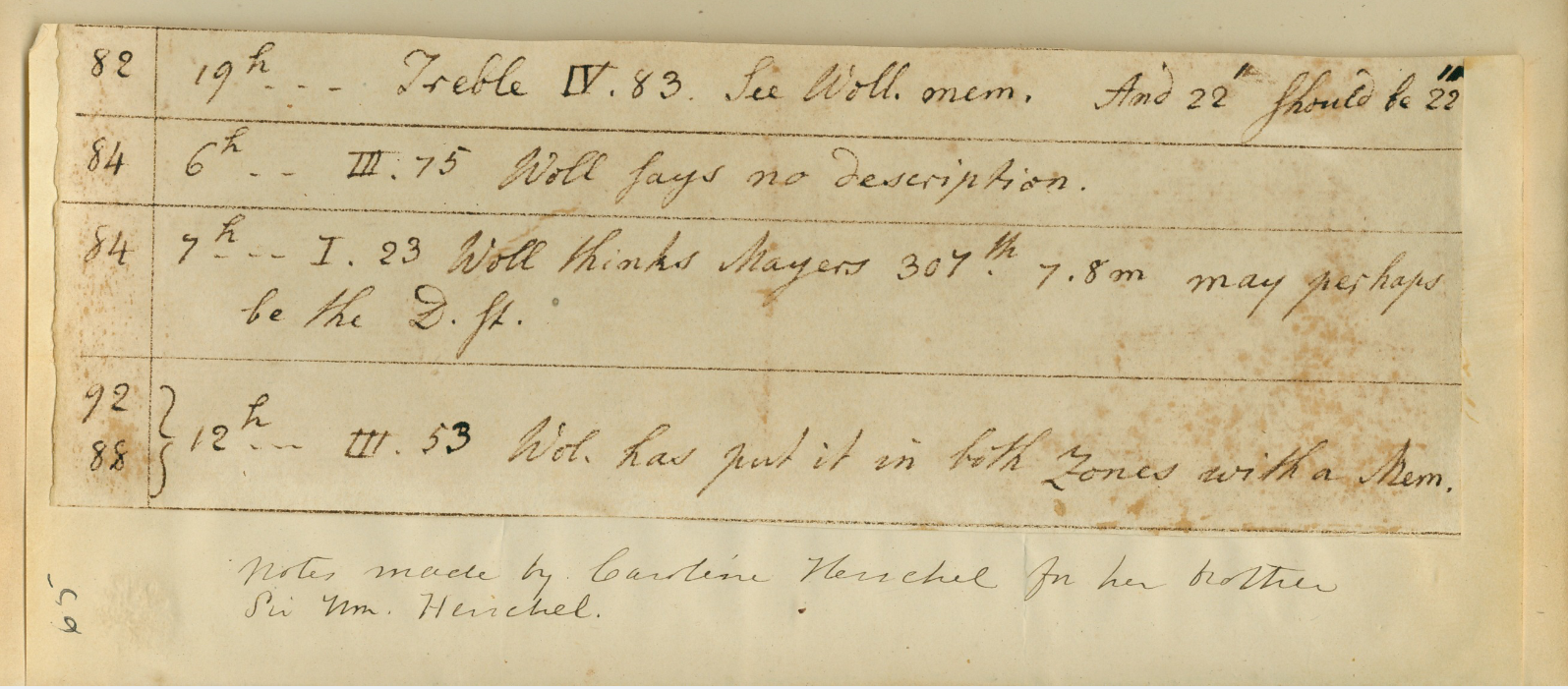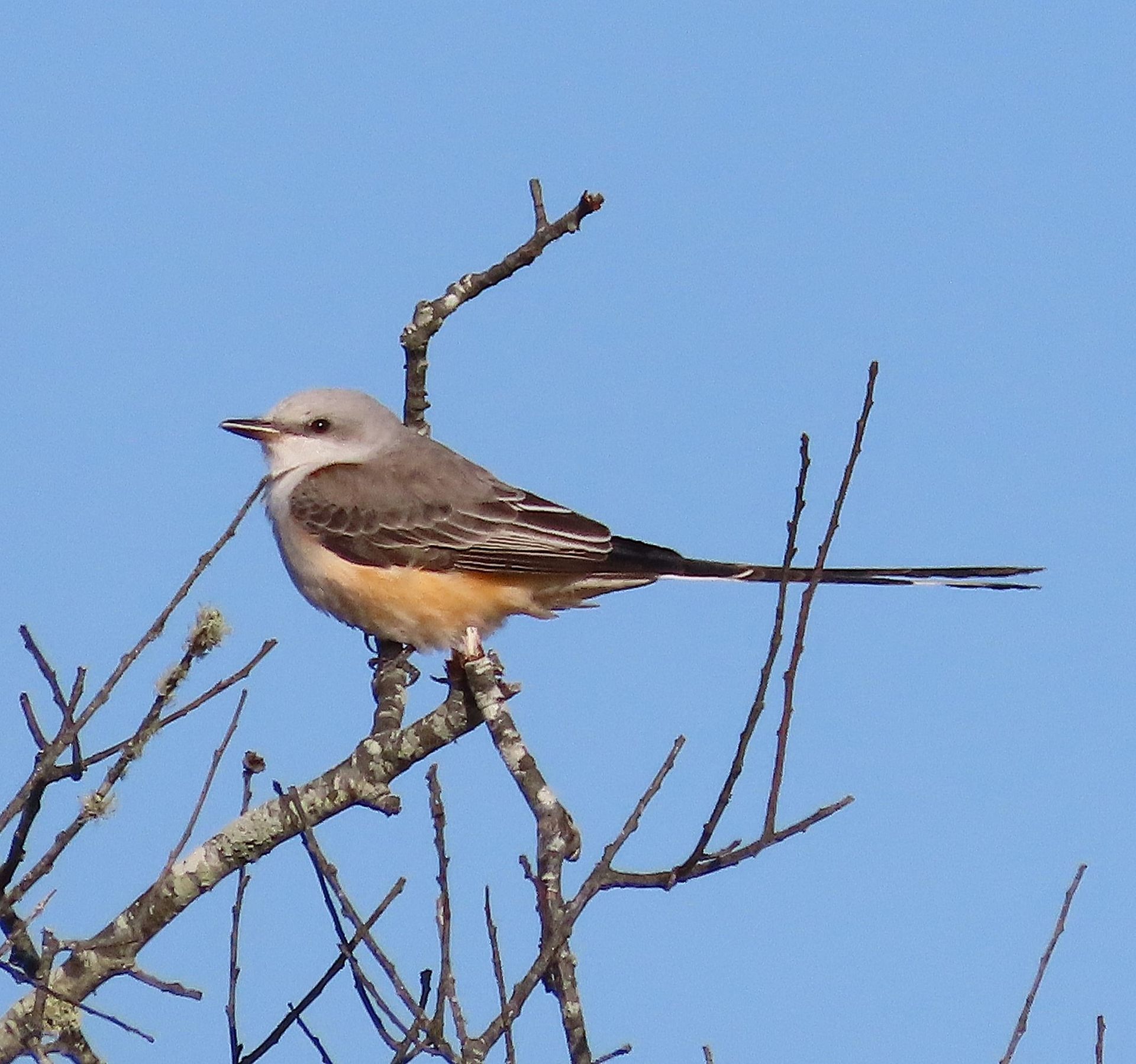Maria Mitchell In Her Own Words
Sept. 25, 1854. . . . The best that can be said of my life so far is that it has been industrious, and the best that can be said of me is that I have not pretended to what I was not.
I think of two things when I read this. One is that Quakers believed in being industrious and not wasting time. The second point makes me think immediately of Holden Caulfield – The Catcher in the Rye if you don’t know that character’s name – and his various references and discussions to “phonys” as he refers to them though Maria’s mention here is not entirely in the same vain.
A materially successful Quaker was one who was living “in the light,” as Quakers referred to it. Even if gifted with material wealth, Quakers still lived frugally and were a hard working group of people. As Hector St. Jean de Crèvecoeur noted, “Idleness is the most heinous sin that can be committed in Nantucket . . . for idleness is considered as another word for want and hunger.” If you were not productive and industrious, you would starve – and it would affect others in the community since isolated Nantucket acted as a corporate family economy – everyone was relying on one another for survival. While Maria is also not necessarily going to this depth of industrious it is a Quaker ethic that was strongly imbued in her. She certainly was a hard worked with numerous accomplishments to her name and many different projects completed even by 1854 at age thirty-six.
And don’t forget October 1st is the anniversary of Maria’s comet discovery – October 1, 1847.
JNLF
Recent Posts





